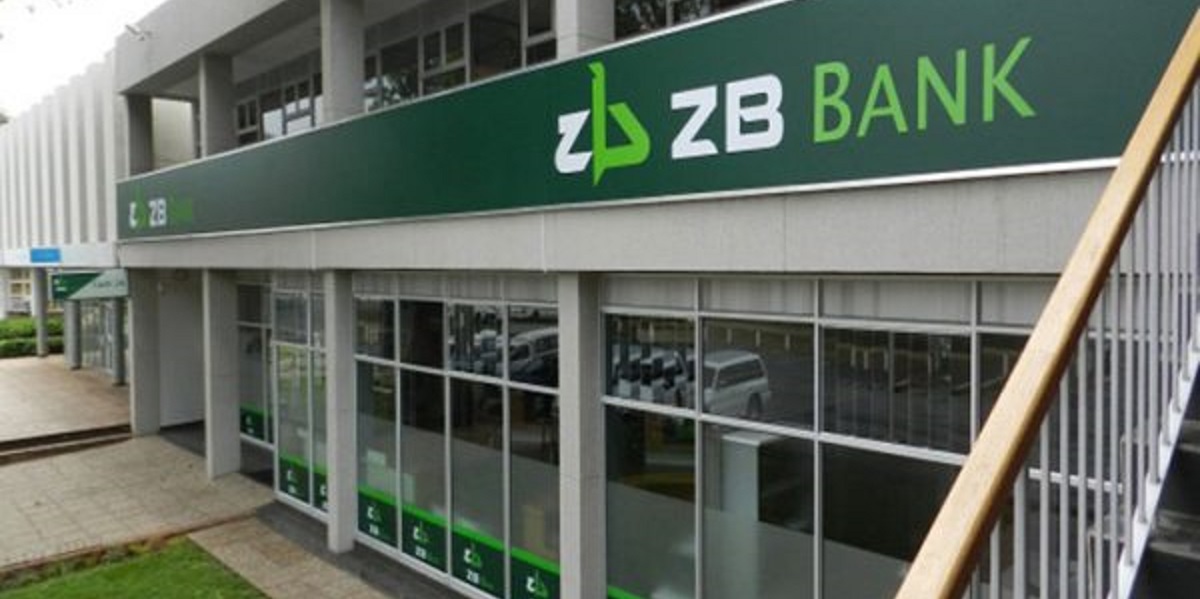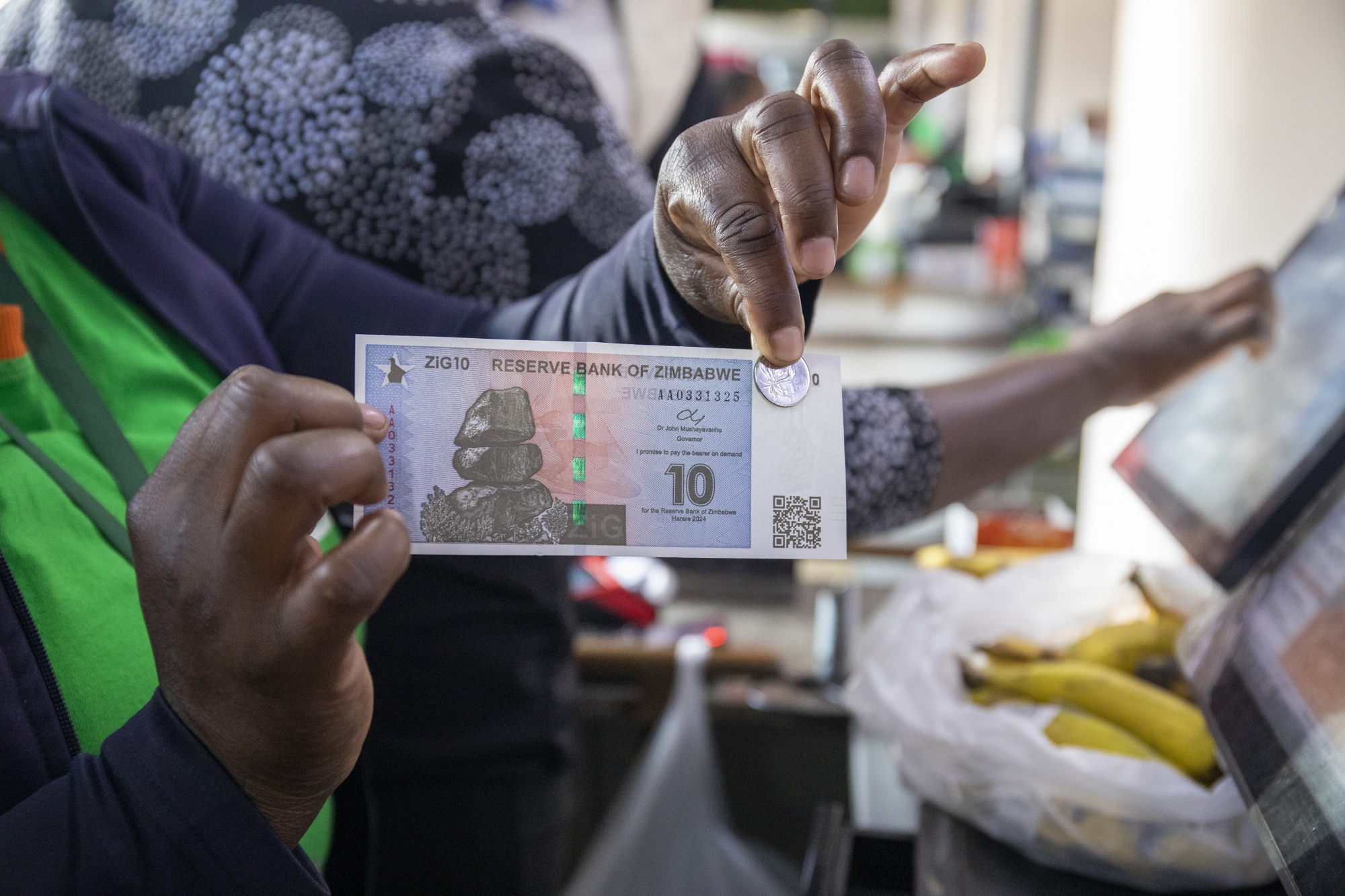Berries export earnings jump 351pc to US$50m
THE berries sub-sector continues to lead in the renaissance of the horticulture industry, with a 351 percent surge in export earnings from US$11 million in 2020 to US$50 million in 2024.
Statistics released by the national trade development and promotion organisation of Zimbabwe (ZimTrade), from TradeMap 2025, show that the country’s earnings from berry exports surged from US$ 11,124 million in 2020 to US$ 50,137 million last year.
In volume terms, the exports rose 2 503 to 6 240 tonnes over the same period.
The Netherlands was the leading buyer, accounting for 29 percent of the earnings in 2024 with US$ 14,513 million, followed by Hong Kong, China at 22 percent with US$10,9 million, while Germany came third on 14 percent, netting US$7,2 million.
Though Hong Kong, China, was in third place in terms of export volume in 2024, it swapped positions with Germany to claim the second position as a result of superior prices.
Hong Kong, China led with an average price of US$14 per kilogramme, seconded by Singapore at US$12 and Germany paying US$9.
The berries classification consists of cranberry, mulberry, blueberry, strawberry and raspberry. The industry has been experiencing a compound annual growth rate of 34,3 percent, which suggests a rapid expansion in Zimbabwe’s blueberry sector.
The growth is being driven by rising global demand for healthy fruits and increased commercial farming and investment.
The country’s horticulture promotion board, the Horticultural Development Council (HDC), which is celebrating its quinquennial anniversary, said it was the blueberry segment that accounted for this growth.
The HDC horticulture update for April 2025 said: “This year marks a proud milestone for the HDC, as we celebrate five years of championing Zimbabwe’s export horticulture industry.
“We have grown from an ambitious idea into a driving force to drive Zimbabwe’s horticulture industry to meet its huge potential.”
Zimbabwe’s blueberry industry began with small experimental plantings in 2008, but it was not until 2017 that the country made its debut on the global market with its first commercial exports of the crop.
The blueberry sector has recorded tremendous growth, with export earnings surging from US$1 million in 2018 to US50 million in 2024.
“In 2025, blueberry exports are expected to increase 25 percent from 8 000 tonnes last year to 10 000. This increase will come from plant maturity and increased yield, rather than from new plantings,” said HDC.
The HDC cited high borrowing costs, policy inconsistencies and limited market access to China and India as stifling industry growth.
To enhance blueberry exports to China, the HDC said the National Plant Protection Organisation (NPPO), under the Department of Research and Specialist Services (DR&SS) had submitted a pest risk analysis response to Chinese customs and now awaits their feedback.
Zimbabwe’s unique selling proposition (USP) in the blueberry industry is quality, taste and production time.
The HDC said the country targets to increase the export of blueberries from 8 000 tonnes in 2024 to 30 000 by 2030 if the policy issues, patient capital and other operational challenges are addressed.
A blueberry field under development at a farm in Goromonzi in 2022, Zimbabwe has an advantage in terms of out-of-season blueberry production, with its product having an export window period of three to eight weeks ahead of the main global suppliers (Peru and Eastern Europe).-herald










